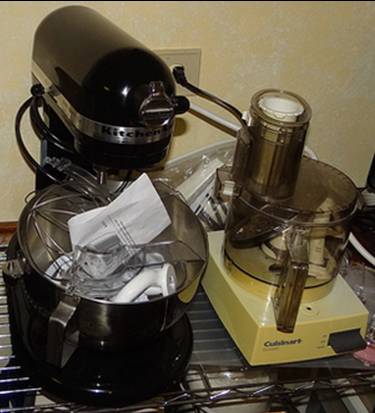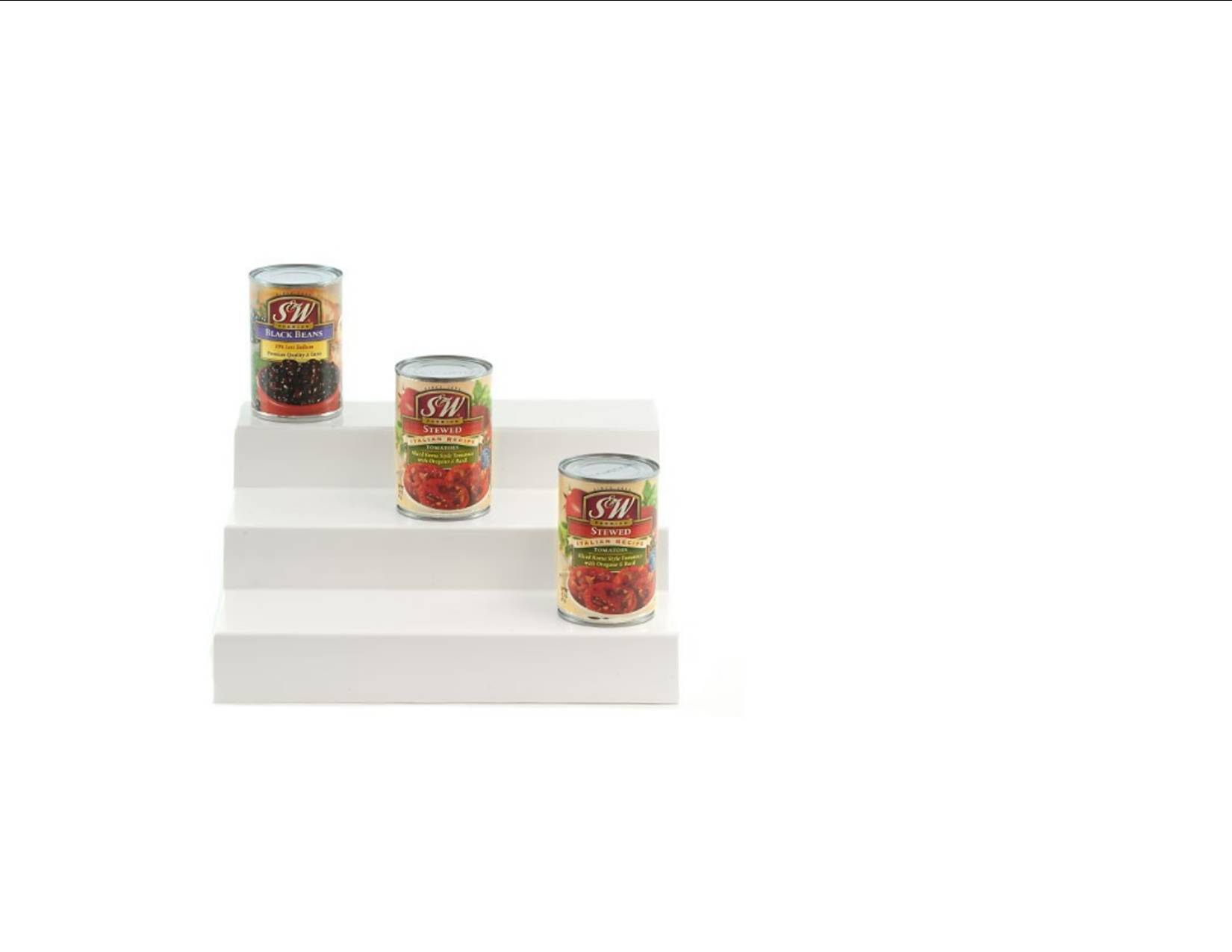The phrase saving time is a fallacy. We cannot deposit time into our savings account for some future rainy day when we are craving an extra hour or two. Instead, we can use some techniques to cut corners and shave a few seconds or minutes off the total time it takes to accomplish a given task. For example, prep dry ingredients for baked goods, pancakes, crepes, etc. and store them in labeled glass containers. I prefer glass such as an old wide mouth jam jar or canning jar since plastic can sometimes impart odors if stored too long. For your label you can choose to identify the ingredients or the intended end product. You might want to include on the label what other ingredients are needed such as eggs, milk, extracts, etc. so that you don't forget to add anything later. When you are pressed for time, your basic dry ingredients will already be measured out, assembled, and ready to add to your batter, a few minutes shaved.
Keep Your Grocery List Handy
Always keep your grocery list near your prep area. As you use up ingredients or they run low, be sure to add items to your list. If it is something you frequently use, keep an extra on hand so you are not caught short at the wrong time. You don't want to have to make an unexpected time consuming trip to the store if avoidable. This is especially true for essentials such as tissues and toilet paper. If you have the storage space, an extra supply is recommended especially during cold, flu and allergy seasons with no concern about these products spoiling. When I say an extra supply I should clarify that I mean only an extra box or two or multi-roll package so as not to get bogged down with too many storables and no storage or crammed space.
Templates Can Shave Time
Speaking of groceries...a few minutes taken to generate a template for grocery lists could spare some time for you each week. Frequently purchased items can be pre-listed then crossed off if not needed. Organize the list by grocery aisle or category. Some grocery stores have their aisles mapped out online to give you a hand in preplanning your template. Free templates are available online so no need to recreate your own if you choose. Check out: Excel Grocery Templates or the more fanciful ones on Pinterest. If possible, consider using recyclable scrap paper for these lists since you will likely dispose of them after you are finished shopping. Then there are lots of Apps for grocery planning if you are more tech inclined.
Efficiency Packing for Rapid Grocery Unloading
If you bag your own groceries, do so by storage location so that you can drop each bag in front of that area for rapid unpacking. I love that my reusable bags all have straps so that I can tote multiple bags on my shoulders from the car to the kitchen. After unloading, the bags are stored inside one large bag and returned to the car headrest so I never forget to bring them with me.
Shave Time with Laundry
As for laundry tips, when slipping clothes off, pull them straight off so that they remain right side out. The tricky part is convincing family members especially children to do the same. You will be surprised at how much quicker laundry goes when you don't have to return the clothes to the correct side out when you retrieve them from the washer or dryer. And speaking of making laundry go quicker, if you have the room for a few laundry baskets in each room or partitioned baskets, presorting as you undress hastens the entire process. I am fortunate to have some room in my closet for three baskets: whites, lights, and darks. The night before laundry day, I place the baskets in the hallway for the rest of the family to sort their baskets into. Then as I have time during the day, I grab a basket and throw that load in.
Spend Less Time on Chores and Errands
Electronic banking has expedited my bill paying process. By taking a few minutes to set up the vendors on my banking site, when the bills arrive the total payment time is minimal for paying and logging my transactions. I am also saving money by spending less on stamps and check reorders. Rarely do I purchase stamps now so less time is expended (and gas) driving to and from the post office or waiting for the grocers to find their stamp allocation. I also make far fewer trips to the neighborhood mailbox to deposit outgoing mail. You may also choose to autopay your bills to save even more time. Just ensure there is always enough in your checking account before bills arrive.
Crafters Can Shave a Moment or Two
If you are a crafter, keep work in progress supplies segregated in a particular area of your studio or container so that you can dive right in. Without reamassing necessities and attempting to analyze where you left off, you have shaved a few more minutes than can be put to better use.
Shave Time and Enjoy Your Time
These are just a few ideas, there will be more in the future. By using time saving or more accurately time shaving tips you can spend more time doing what you enjoy and saving some pennies along the way.








